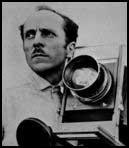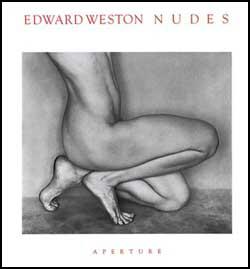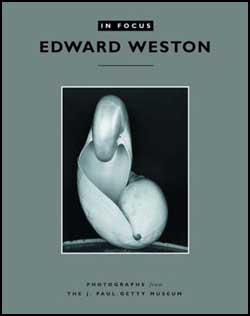Edward Weston

Edward Weston was born in Highland Park, Illinois on 24th March, 1886. Educated in Chicago, Weston obtained his first camera in 1902 and began taking pictures while working as an errand boy.
In 1906 Weston moved to California where he worked as a door-to-door portrait photographer. He later studied at the Illinois College of Photography (1908-11) before opening his own portrait studio in Tropico, California.
Weston was greatly influenced by a visit to an exhibition of modern art at the San Francisco World Fair in 1915. His work became much more experimental and by the end of the First World War he had began to place a new emphasis on abstract forms.
In 1922 Weston met Alfred Stieglitz and Paul Strand in New York City. After looking at their work he became convinced that "the camera should be used for a recording of life, for rendering the very substance and quintessence of the thing itself, whether it be polished steel or palpitating flesh."
Weston opened a new studio in San Francisco in 1928. He began photographing natural landscapes and objects. Weston used a large-format camera with a small aperture, to achieve the greatest possible depth of field and resolution of detail. In 1932 Weston joined with Imogen Cunningham and Ansel Adams to form Group f/64.
In 1935 Franklin D. Roosevelt established the Works Projects Administration (WPA) as part of the New Deal attempt to combat the Depression. This included the Federal Art Project (FAP) that provided finance for the employment of artists. As well as artists, FAP also employed photographers, and Weston was involved in work in New Mexico and California.
Books produced by Weston include The Art of Edward Weston (1932), California and the West (1940), Leaves of Grass (1940), based on the writings of Walt Whitman, and My Camera on Point Lobos (1950). Edward Weston died in Carmel, California, on 1st January, 1958.


